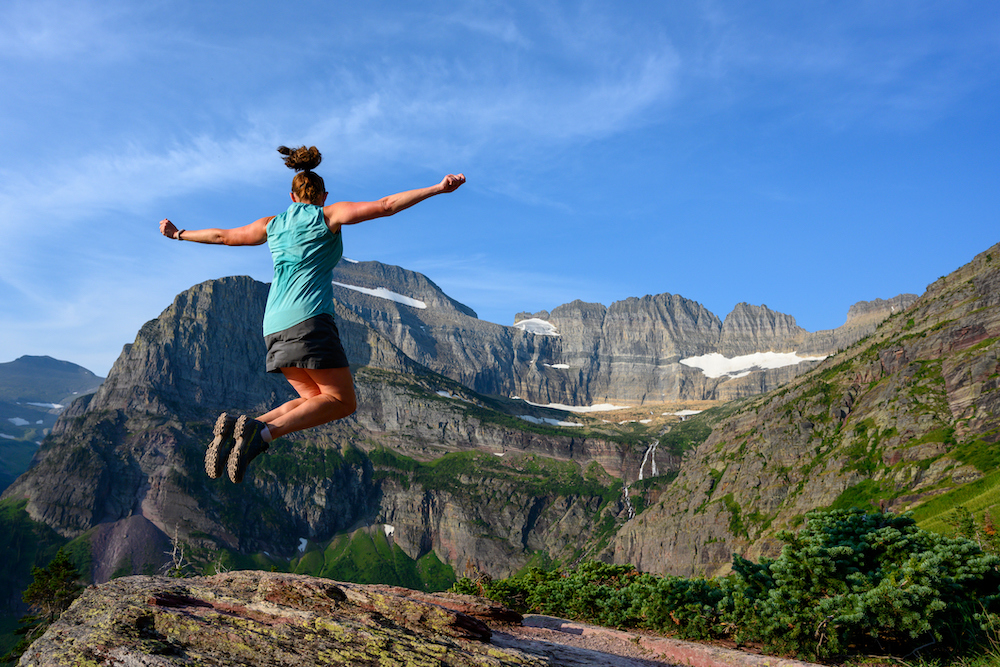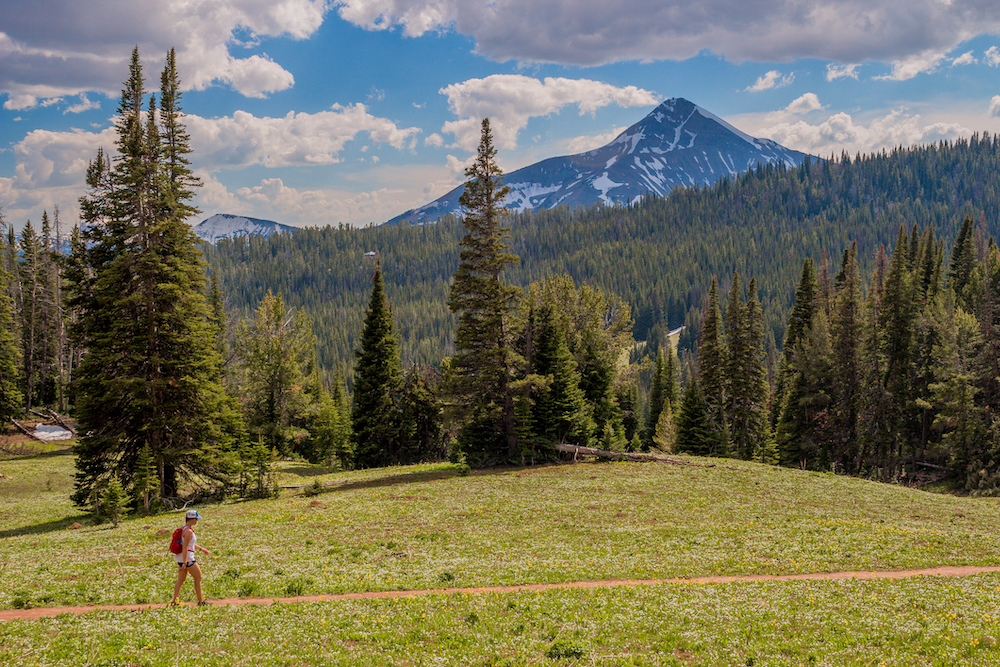The landscape of Big Sky, MT is breathtaking in more ways than one. With a base elevation of over 7,000 ft and several nearby mountain peaks exceeding 10,000 ft, it's all too easy to develop altitude sickness if you're not careful. Altitude sickness can quickly put a damper on a day's adventure or even become dangerous in certain circumstances.
Fortunately, it's easy to prevent altitude sickness during your stay in Big Sky so long as you follow a few simple precautions. Read on to learn more about what altitude sickness entails as well as the precautions you can take to avoid it.
What is Altitude Sickness?
Altitude sickness, or Acute Mountain Sickness, is a condition that occurs when you travel to high elevation too quickly and/or overexert yourself at high elevations. The most common symptoms of mild altitude sickness are naseau, lightheadednes, fatigue, and shortness of breath. In examples of severe altitude sickness, those afflicted can become confused and unable to walk as well as experience fluid buildup in the lungs and brain. These instances of severe affliction often require immediate medical attention.
Steps to Prevent Altitude Sickness
1. Acclimate for a Day
A simple and effective way to avoid altitude sickness for the duration of your Big Sky vacation is to spend your first day acclimating to the high elevation. Especially if you're not used to being at altitude, then it's essential to take things slow for your first couple days before heading up on the hihger-up trails.
So, instead of planning a day full of intense activity, use your first day to explore our local shops, take an easy scenic drive, or even catch an event at the resort. The highlights of Big Sky are certainly activities which get you out in the mountains, but there's absolutely nothing wrong with a day of leisurely exploration to kick off your trip!
2. Drink Plenty of Water
Staying hydrated at high elevation is one of the most important things to do to avoid altitude sickness in Big Sky. In fact, experts recommend that you drink an additional 1-1.5 liters at altitude compared to your water consumtion at sea level. When out enjoying Big Sky's incredible landscape, stop frequently for water breaks so you can stay properly hydrated.
However, drinking extra water doesn't stop when you get back at the trailhead. It's important for you to continue drinking water throughout the day so that you can maintain a good hydrated state. Especially if you're doing a big activity early in the morning, cut back a little or abstain from drinking alcohol, and switch to water instead. Your body will thank you the next day.
3. Eat Nutritious Foods
This goes right alongside staying hydrated. Keeping a balanced and nutritious diet throughout your stay will help you make the most of your Big Sky vacation as well as help stave off altitude sickness. You'll want plenty of calories to ensure you're energized on the trail, and you'll need plenty of nutrients to keep your body running at optimal performance level.
Keep your blood-sugar in check by consuming foods like fruits, vegetables and whole grains the day before a big ride or hike. A plate of pasta with some protein and veggies on the side makes for the perfect pre-hike dinner. Put off things like greasy pub burgers with fries or cheesy pizza slices until after your big day of activitiy.
4. Take Things Slowly
Last but not least, you need to take things slow at altitude. Even if you're in excellent shape and a fast mover at sea level, you'll quickly find that exerting yourself at higher elevations is hard work. To prevent altitude sickness, you need to slow yourself down.
There are a few easy tricks to help you accomplish this without feeling like you're moving at a snail's pace. As mentioned above, you'll need to drink more frequently to stay hydrated, so stop for a minute to catch your breath each time you grab a drink. The mantra of "slow and steady wins the race" also applies well here. If you shoot for a milder, but more consistent pace on trails, you'll reach the top faster and feeling better than those who rushed from the start.
You will know if you need to slow down if you start feeling those symptoms of dizziness and light-headedness. Should that happen, stop immediately and take a short break to catch your breath, drink water, and have a snack. Within a few minutes, you should be ready to get up and go again, this time at a slower pace. Just keep an eye on yourself to make sure you don't get those feelings again. If you do, then consider turning around and heading back to a lower elevation.
Those are our top tips on how to avoid altitude sickness while visiting Big Sky. Although altitude sickness can be serious, it's something you can prevent effectively by following the rules listed above.
Check out our things to do pages and other blog posts to find more helpful trip-planning information. If you haven't already, click here to browse and book your Big Sky vacation rental with Mountain Home Montana!





